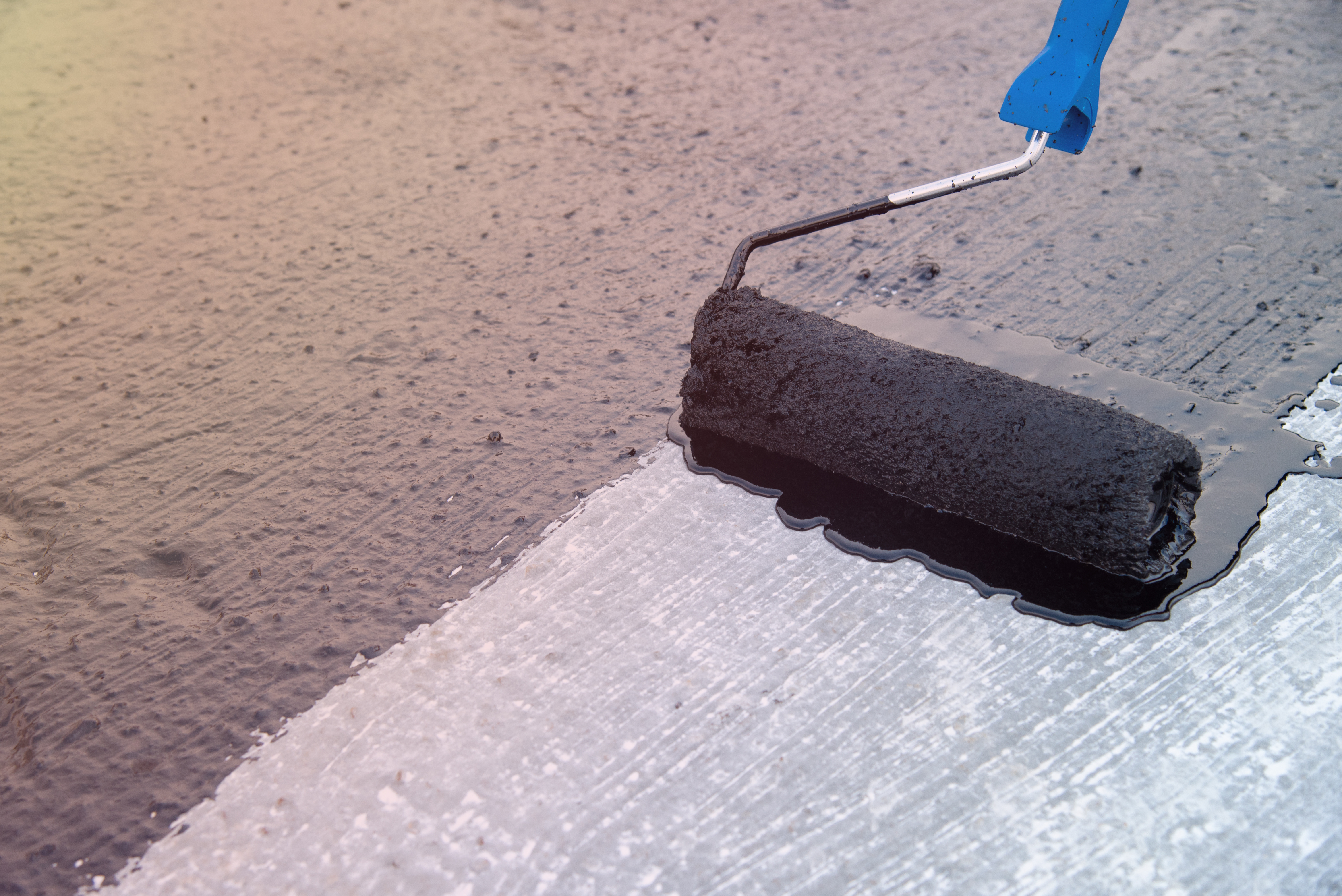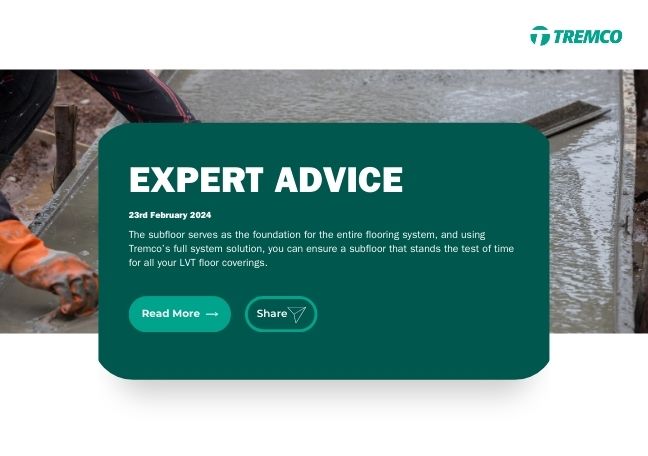The Role of A Surface DPM in Moisture Control

Mark Bradley, Tremco’s technical expert says, ‘The installation of moisture sensitive floor finishes can be seriously jeopardized by excess moisture in the subfloor leading to costly consequences for a project. Typically, moisture in floors originates from one of two sources. The initial source pertains to newly constructed projects, wherein the subfloor may hold moisture resulting from the building process. The second source is where there is no damp-proof membrane (DPM) in the subfloor construction, or it’s deemed ineffective due to it being degraded or expired over time – this is usually encountered in older buildings.
Excessive moisture typically impacts the ground floor in established structures. However, in the context of newly constructed buildings, elevated levels of moisture may affect not only the ground floor but also the upper floors.
Conducting prior testing and inspection can provide a clearer understanding of the situation at hand. To begin, moisture readings are a useful starting point. There are several methods of testing available, and it is advisable to seek guidance on the most effective approach to ensure accurate results. Once readings have been obtained, the subsequent course of action can be determined. If the readings indicate a relative humidity of over 75%, were Resilient and Textile floor coverings are to be installed, the question arises whether an epoxy surface DPM or moisture vapour suppressant is necessary for the subfloor.
According to the British Standard code of practise, BS8203:2017 Installation of Resilient Floor Coverings and BS 5325 Installation of Textile Floor Coverings, if moisture levels are in excess of 75% Relative Humidity, then a surface DPM should be used to control moisture within the subfloor.
Where a textile floor covering is used, the surface DPM acts as a barrier, preventing moisture from penetrating through the subfloor and reaching the floor covering reducing the chance of mould and mildew growth which can be the cause of health and safety concerns for building users.
The installation of a surface DPM can be a vital stage in the construction process, for all types of finishes.
Before moisture sensitive flooring can be laid on a concrete base it is necessary to ensure, not only that the floor is constructed to prevent moisture from reaching it from the ground, but also that any excess water from construction is dissipated. Due to construction types and schedules construction moisture may not have fully dissipated before the installation of the new floor coverings. To allow early installation a surface DPM can be installed. This works by minimising the moisture vapour transmission through the floor zone preventing moisture build-up beneath the floor covering, which can result in a floor finish failure.
To determine the most suitable and cost-effective surface DPM for any application, it is essential to determine the relative humidity of the substrate to which the new floor covering is to be installed on.
For the successful application of a DPM, it is essential that the subfloor is dry, even, and free of any contaminants. In instances where the subfloor is not even, it is advisable to undertake pre-smoothing measures to ensure optimal coverage and effectiveness of the DPM. Once this is achieved, the DPM is directly applied to the subfloor. Subsequently, a primer and smoothing compound are applied. Finally, the chosen floor covering is affixed with a fitting flooring adhesive.
It is important to note that some Tremco smoothing compounds can be applied directly to the Tremco DPM without a primer. However, we recommend that contractors seek further guidance from the manufacturer.
If the humidity levels in a newly constructed building reach up to 95% and an efficient DPM is installed beneath the subfloor, it may be appropriate to utilize a moisture vapour suppressant.
Tremco can offer support and guidance to ensure contractors make the right decisions.











